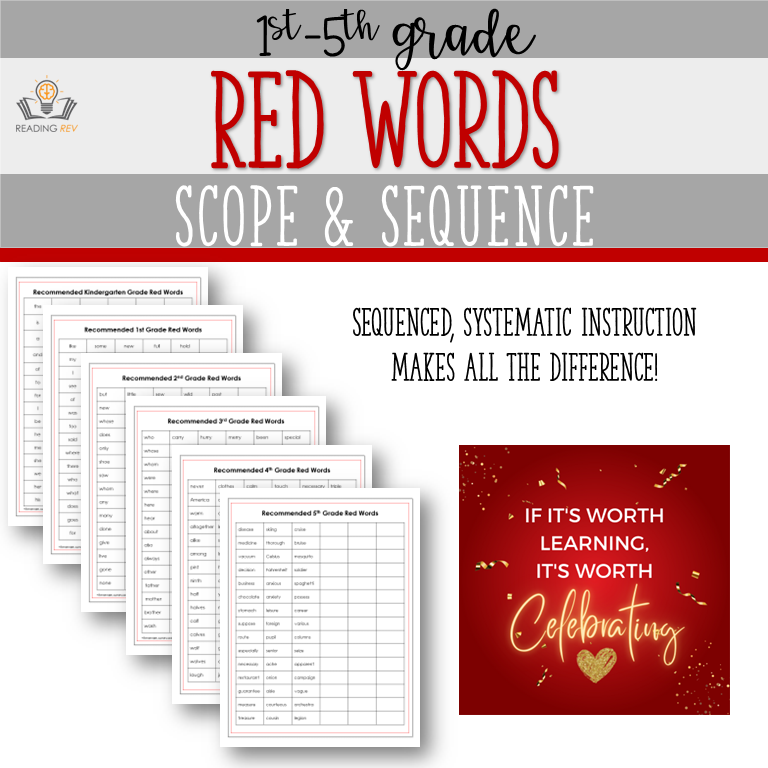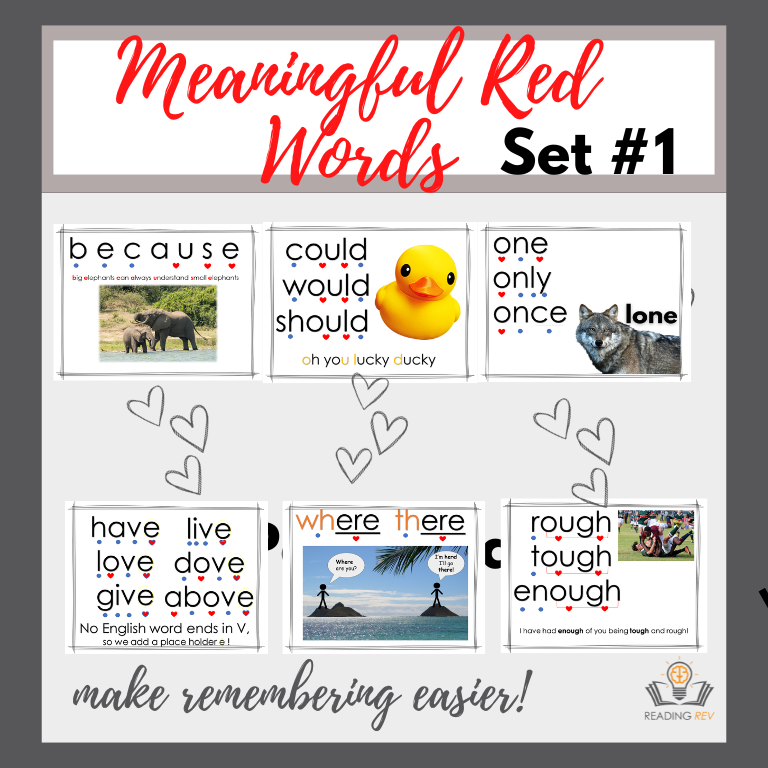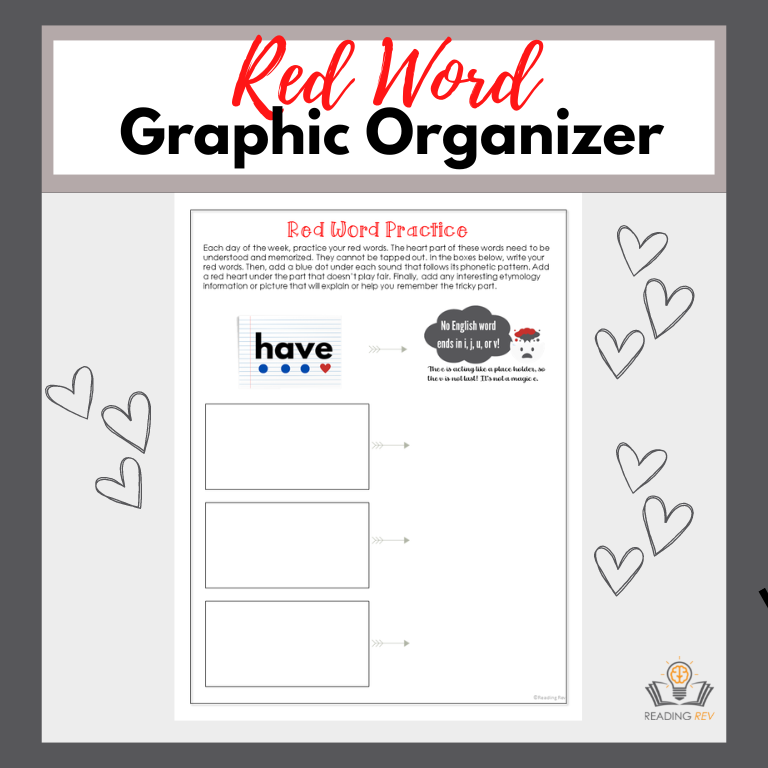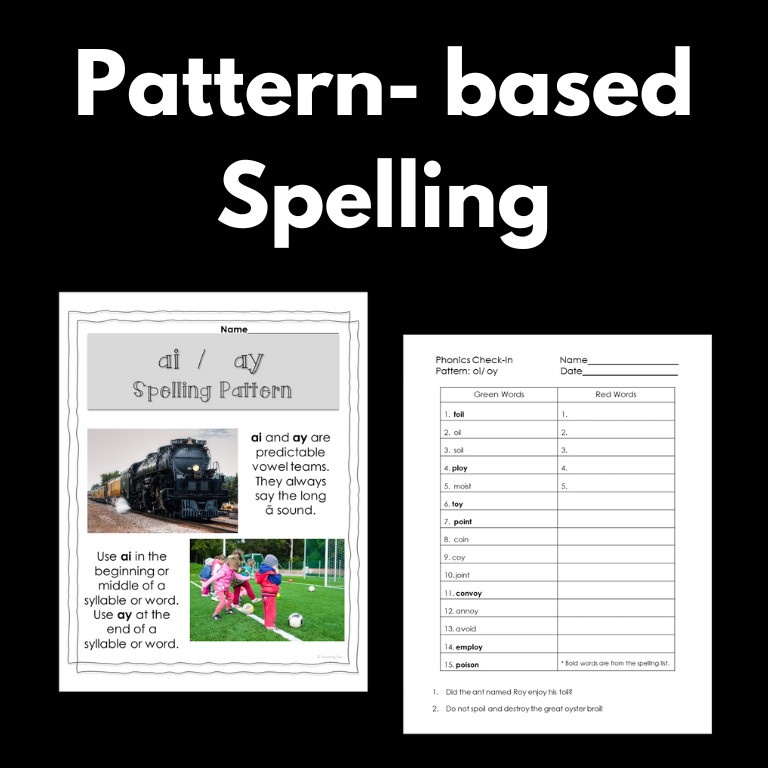Rethinking Spelling Instruction
I was never great at spelling. I grew up thinking that it was something that people were either born with or not. I was not.
Then I started teaching second grade. began following our literacy and spelling program and picked up random spelling and phonics rules that I had never been taught. However, it still seemed like every week, I assigned 15-20 words on Monday and a large group of kids were bombing the Friday test. I spent more time “practicing” these words with this group in awesomely creative ways. Their weekly test grades went up slightly, but I didn’t see the transfer in their writing at all! What was wrong? I had a nagging feeling that I was missing something. I was.
After doing countless hours of research, attending the latest and greatest literacy trainings, and learning the phonics I was never taught, I finally had the light-bulb moment. We are teaching our kids spelling in a way that sets them up for failure. All of the spelling menu ideas (ways to practice spelling) rely on kids memorizing individual words each week. This is daunting for dyslexic kids and those who struggle with literacy. Kids are memorizing the list for that week, but are not internalizing a pattern that can be generalized to other words, in other contexts.
WE NEED TO RE-FRAME OUR THINKING ABOUT SPELLING AND COMMUNICATE OUR RATIONAL TO TEACHERS AND PARENTS.
The 6 Basics of Good Spelling Instruction.
1. Sound Spelling.
Kids need to learn to spell by hearing and breaking apart the individual sounds of a word. Instead of relying on the visual cues (the letters) of a word, they need to learn to rely on the sounds. Use finger tapping, Elkonin boxes, sound boxes, and syllable scoops to help students tune into the sounds in words. Our favorite new idea is to use ten frames with colored magnets and dry erase markers.
Check out the BIG Kids Need Phonics Too! video series where sound spelling is modeled for each phonetic pattern.
2. Red & Green Words. Orton Gillingham is an approach to teaching literacy that explicitly teaches kids phonics in a systematic way. The terms Red Words and Greens Words come from this approach. A Green Word is a word that follows a phonetic pattern and can be sounded out.
Here is an example: /c/ /a/ /m/ /p/ -all the sounds of camp can be heard and follow the rules. These words do not need to be memorized!
A Red Word is a word that has an irregular part and does not follow all phonetic rules. Students are explicitly taught to recognize and know these words. The “heart part” is the irregular part and can often be explained by etymology or history. Two-four red words should be taught each week along with the pattern. Ex. said –if you simply sound it out, it would be spelled incorrectly. However, the word used to be pronounced with a long a. The pronunciation has changed, but the spelling did not.
Students need to be explicitly taught the difference between Red and Green words. You can find out more about teaching red words here.
3. Weekly Spelling Lists Follow A Pattern.
No longer should spelling words be content-related, vocabulary from reading passages, or random high frequency words! Instead, students should be taught a specific spelling/phonetic pattern and work with lots of different words that follow that pattern through the week. The Friday test (we call it a phonics check in) can be any word that uses that pattern! These spelling/phonetic patterns should follow a systematic, developmentally appropriate sequence. You can find our free, Intermediate Spelling Scope and Sequence in our Free Resource Library.
4. Spelling Should Be Multi-sensory.
Teach students to “tap out” words. Teach the phonemic components of language (sentences, words, on-set rime, syllables, and phonemes). Teach a total physical response motion for each component and we use these to spell words. When a student needs to spell a word they can tap a finger for each sound. Then, the student can write each sound in a sound box or on a line. This helps reinforce that we do focus on the letter as much as the sound.
5. Tune into Vowels.
Vowels are the most crucial part of a word when it comes to pronunciation and spelling. We say they are “royal” and kids always need to “tune into the vowel.” Students should always ask themselves, “Is the vowel sound long or short?” This practice will change everything! This check will eliminate ate being written as at. Of course, long vs. short phonetic patterns must be taught.Read our It's Always About the Vowels blog for more ideas about vowel instruction.
6. Teach Syllable Types.
As soon as kids really start writing, they need to recognize how many syllables a word has and understand the 6 syllable types. Again, this needs to be explicitly taught! Then, they can tackle and tap out one syllable at a time when spelling. We use spelling scoops or syllable boards. When age-appropriate, spellings lists should include multi-syllabic words that follow the spelling pattern. Find out more about how Reading Rev's 4-part Phonics and Spelling Program has made spelling instruction easy and effective for hundreds of intermediate teachers. We also highly recommend All About Spelling if your spellers need to start at the beginning.
If you’re looking for a systematic way to teach spelling to 3rd-5th graders, check out the Reading Rev Phonics, Spelling, and Morphology Program. We’ve done the research, creating, and planning for you. This program will change everything!


















